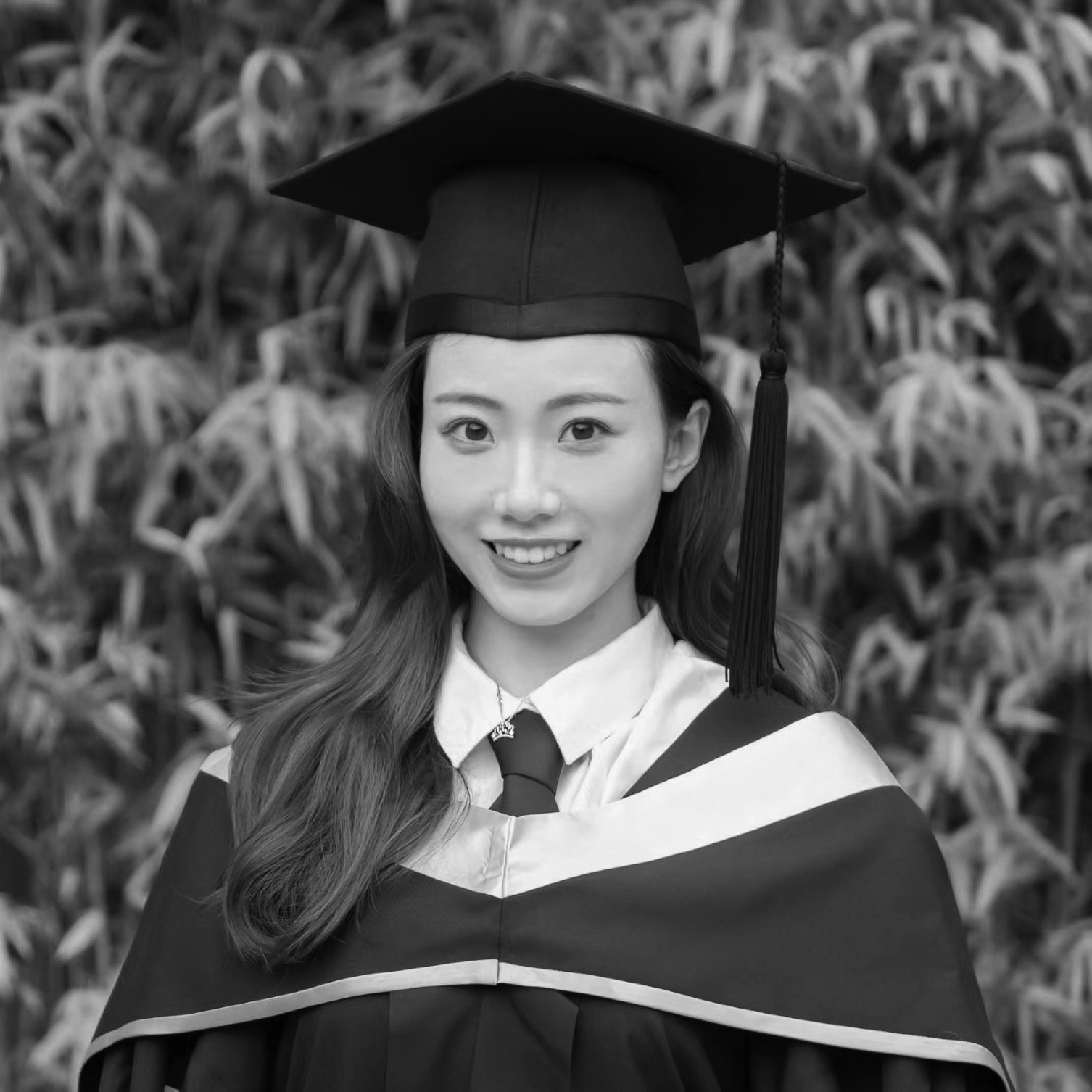
 Recently published studies indicate that the way people communicate with each other has undergone profound changes during the pandemic. The digital population grew from 4.1 billion in 2019 to 5.3 billion in 2022, according to a report by the United Nations (UN).
Recently published studies indicate that the way people communicate with each other has undergone profound changes during the pandemic. The digital population grew from 4.1 billion in 2019 to 5.3 billion in 2022, according to a report by the United Nations (UN).
Social networks have been increasingly important in marketing campaigns and are seen as efficient and accessible means. With Macau’s tourism industry trying to recover quickly from Covid-19, effective communication on social media becomes a key aspect to attract potential tourists.
In fact, given this sense of urgency to revive the sector, a highly competitive tourism environment like Macau can only benefit from marketing on social media. According to my study, consumer behavior on social media posts has adjusted after the pandemic, with them being more available to interact (with ‘likes’, comments and shares).
The use of linguistic resources in social networks has also changed, for example, there are more expressions of uncertainty, confidence, emotions, first person descriptions, longer texts and less specificity. Given these changes, more studies are needed on social media interaction in the post-Covid era, offering recommendations to tourist destinations on how to create effective and engaging online content. More importantly, that they are converted into visits to the target destination and tourist expenses.
This study examined the communication strategies on social networks of the integrated resorts in Macau, and mainly their interactions on Facebook (1027 posts from the six concessionaires between January 1, 2021 and December 31, 2021). A specific result of the study was how to manage the relationship between existing and potential consumers in a real-time social media environment, and how they reacted to the messages. More specifically, by looking at user engagement, the study was able to offer suggestions to resorts on what type of content to create to maximize interactions.
Using a content analysis approach, a total of 15 themes were found in social media posts. The most popular theme was ‘freebies’. Although less discussed, topics such as ‘hotel’, ‘promotions’, ‘fashion’, ‘events & entertainment’ and ‘gastronomy’ emerged. Draws held included coupons and free gifts in sectors such as hospitality and spa. The least mentioned were ‘MICE’ and ‘art’. Putting a ‘like’ is defined as a low engagement interaction and is the easiest way to respond to a post.
Once again, ‘giveaways’ took first place, followed by ‘prize’ and themes about ‘Covid-19’, ‘hotel’, ‘MICE’ and ‘technology’. Shares can be understood as a medium involvement participation, less demanding than comments, but involving more interaction and action than a ‘like’. One topic that received particular attention was ‘technology’.
High-quality customer interactions are key to a social media strategy. Several lessons can be drawn from the results of this study.
Gastronomy, for example, was one of the most popular online content among the six integrated resort operators. However, on average, the study reveals poor results in terms of comments, reactions and shares on the topic.
One recommendation would be to explore the use or fusion of other themes, such as ‘giveaways’, ‘awards’, ‘hotel’, ‘MICE’ and ‘technology’. Integrated resorts have limited content on social media about the contribution of technology-related publications, but due to the pandemic, visitors are starting to focus more on sustainable hospitality, green tourism and safety. Therefore, establishing a high-tech brand image can provide an innovative approach that leads to greater interaction on social media.
Looking at the data, the study ends with several suggestions. Some of these include a resort having its own official social media account like Douyin (Tik Tok); end a post with a question and respond to consumer comments; specifically analyze the interests of the most loyal customers; take a more collaborative approach between the resorts and marketing efforts of Macau as a destination, in order to leverage more interactions on social media; finally, having a greater frequency in publications, especially on the most popular topics identified in this study, in order to have a greater number of reactions and interactions.
While reactions on social media posts do not lead to direct sales, they do reflect how consumers feel about the content and the extent to which they are willing to interact with the brand. This study could be replicated on online platforms such as Weibo or Wechat, in order to obtain a more comprehensive understanding of the potential and existing interactions of social network users.
*Opinion written within the framework of the 4th Mastering Cotai event, sponsored by Sands and organized by the Faculty of Business Management of the University of Macau on 9 November.
*Student, MSc
** Teacher advisor



